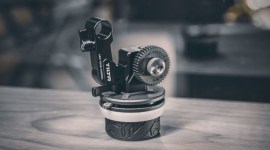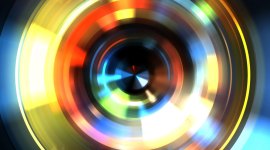
10 Things to Know About Backlighting Your Subject
We’re going to take a look at ten of the most important things to know about backlighting a subject and how to utilize them on a set.
The backlight may be the most important light on any set. A well-placed and utilized backlight can quickly elevate any production, giving it that coveted “cinematic look.”
As often as we all share our successes, I feel we should also share some failures along the way. For me, when I think about backlighting, my mind immediately goes to one job I failed at. I’d been working professionally for a couple of years at this point and was hired to help a friend of a friend create a Kickstarter video. As part of that video, I shot an interview on a black backdrop. The subjects were wearing black shirts. It was the perfect situation to utilize a great backlight to separate the subjects from the background. But, guess what I didn’t do? I didn’t set a backlight. As a result, the video looked like two floating heads in a state of oblivion. I’m purely sharing this screenshot for educational purposes on what not to do. No backlight = Not good.
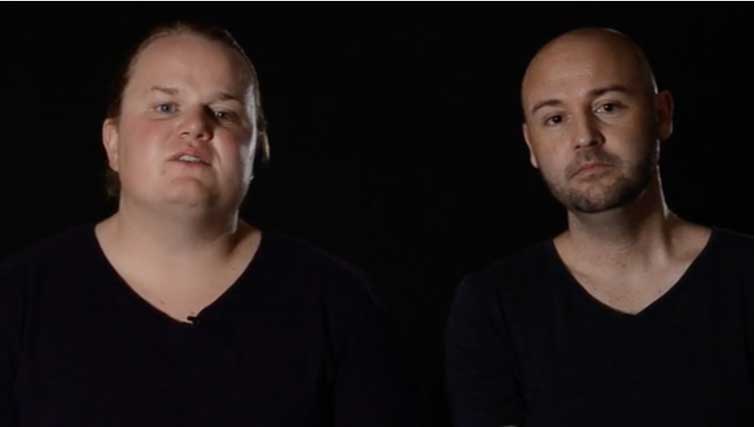
1. A Backlight Is an Essential Component in 3-Point Lighting
A 3-point lighting setup is the most common and practical means to light any subject. It consists of a key light, fill light, and backlight. The backlight’s role in this setup is to create a sense of separation between the subject and the background.
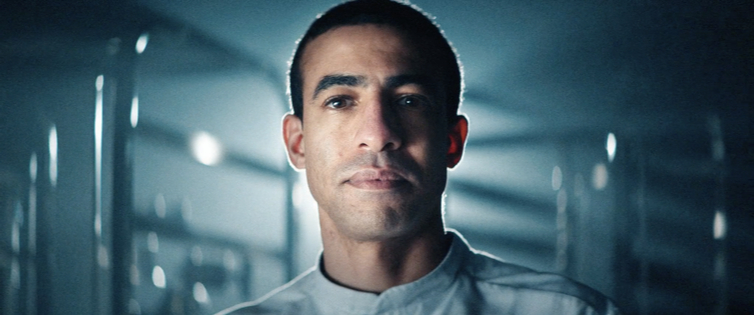
2. Backlighting Creates a 3D Effect in a 2D Medium
Filmmaking is a 2D art form. However, using a backlight can help create the illusion of dimension in your video. While there are other means for creating a sense of depth like depth of field, backlighting is a key component.
3. Essential to Create Separation
When you have a subject and background that are similar in tonality, exposure, colors, or even patterns, an effective backlight can help to separate those similarities. In return, this helps your image look more dynamic.
4. “When in Doubt, Backlight!”
A few years ago, I was filming a Home Depot ad. We were in the garden department, which has really soft, overhead light. As the gaffer and I were determining how we wanted to make this ambient lit space pop a bit more, the director yelled out, “When in doubt, backlight it.”
So, that’s exactly what we did and it made the scene that much better. That adage is something I still use to this day. Most scenes will be hugely advantaged by a backlight. So, if you find yourself in a lighting scenario where you’re not exactly sure where to start, begin with a backlight.
5. Quality of Light Matters
All too often, I feel that since the light of a backlight doesn’t fully hit the talent’s face, we neglect the quality of light we use—quality meaning softness in this scenario. However, one of the classic errors you can make with a backlight is a nasty ear shadow or a hot spot on the side of a face. One way to mitigate these shadows is by utilizing diffusion on your backlight. A backlight doesn’t always have to be a hard source. It can also be soft.
6. Expose Properly
With your backlight, there’s a tendency to slightly overexpose a portion of your image. Since the backlight doesn’t affect the majority of a subject’s face, the overexposure may be hard to notice at first. However, you can easily spot it around the ears or neck areas of your subject. A quick way to overcome this is by simply dimming your source down to an acceptable level.
7. A Backlight Has Many Names
An important thing to note is that a backlight has many names. On a set, it can be referred to as simply a backlight. But, it can also be called a hairlight or a kicker light. While these terms can be interchangeable with some slight differences, they’re all lights from behind intended to create some form of separation between the subject and the background.
8. A Backlight Can Create Drama
We’ve discussed a lot about backlighting being a way to separate your subject from the background. However, a well-placed backlight can also create a dramatic mood. It can silhouette subjects or create a fun shadow play.
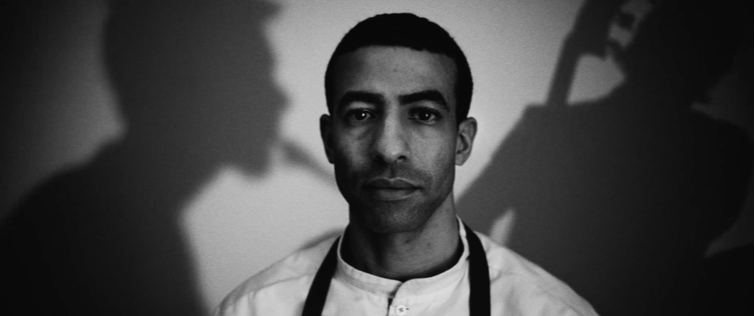
9. The Sun Is the Ultimate Backlight
The brightest light you have access to is the sun. If you place your subject in front of the sun, it becomes the ultimate backlight. With a source as bright as the sun, you have the option to bounce the light right back onto the subject’s face. Essentially, this makes your backlight also become your key light. It’s a 2-for-1 special.
This example image below is a perfect example of window light serving as the backlight in the scene. This natural approach creates the separation of the subject by simply utilizing natural light.
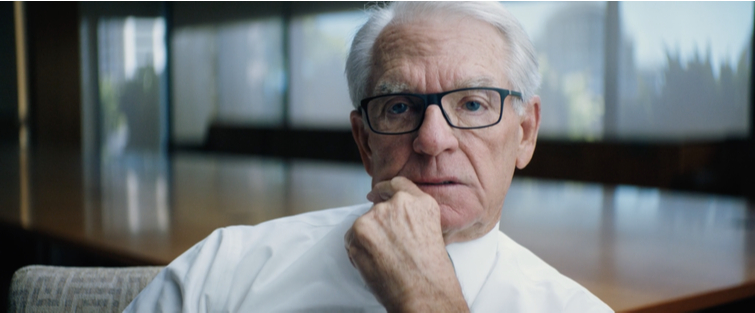
10. Experiment
Last, but not least, experiment. Filmmaking is an art form. Backlighting is an art form. There’s no singular way to backlight. There are many methods to effectively backlight your talent. Over time, you’ll discover what methods work best for specific content. Until then, try a little bit of everything.
Overall, the backlight is an essential piece of your lighting setup. It can create separation, depth, and help you achieve that cinematic look.
For more lighting tips, tricks, and advice, check out these articles:
- Lighting Comedy and Creating Kitsch with Robert Yeoman
- Lighting Modifiers: Aputure Light Dome Vs. Aputure Lantern
- Lighting a Scene Without Breaking the 180-Degree Rule
- Cinematography Tip: Lighting Techniques for Villains
- Video Tutorial: How to Create Cinematic One-Light Setups
Cover image via Sanchik.




